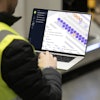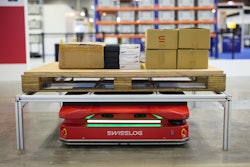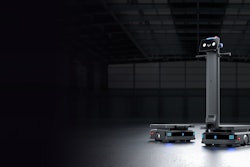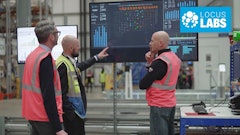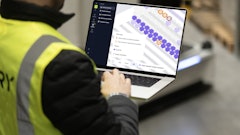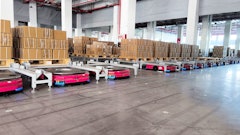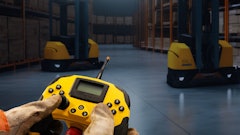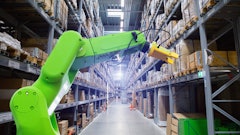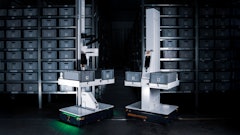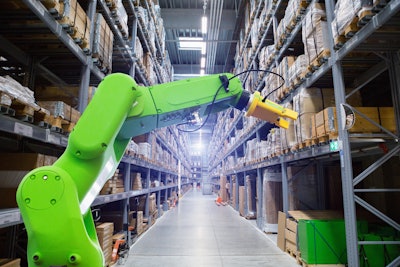
The North American robotics industry continued to build momentum in the first half of 2025. New data from the Association for Advancing Automation (A3) shows robot orders increased by 4.3% and revenue rose 7.5% compared to the first half of 2024, a promising sign for continued automation investment amid a complex economic landscape.
“The continued growth in robot orders underscores what we’ve been hearing from our members: automation is now central to long-term business strategy,” says Alex Shikany, EVP at A3. “It’s not just about efficiency anymore. It’s about building resilience, improving flexibility, and staying competitive in a rapidly changing global market. If these patterns hold, the North American robotics market could outperform 2024 levels by mid-single digit growth rates by the end of the year.”
Key takeaways:
· North American companies ordered 17,635 robots valued at $1.094 billion in the first six months of 2025. Automotive OEMS led industry growth with a 34% year-over-year increase in units ordered. Other top-performing segments included plastics and rubber (+9%) and life sciences/pharma/biomed (+8%), reflecting broader trends like reshoring, labor shortages, and the push for greater operational efficiency.
· In Q2 alone, companies ordered 8,571 robots worth $513 million, marking a 9% increase in units over Q2 2024. Life sciences/pharma/biomed posted the strongest sector growth in the quarter (+22%), followed by semiconductors/electronics/photonics (+18%) and steady gains in plastics, automotive components, and general industry.
· Collaborative robots (cobots) accounted for a growing share of the market with 3,085 units ordered in the first half of 2025, valued at $114 million. In Q2 alone, cobots made up 23.7% of all units and 14.7% of revenue. These systems are increasingly favored for their ability to work safely alongside humans and address automation needs in space- or labor-constrained environments.
· The non-automotive sector took the lead over automotive in Q2, accounting for 56% of total units ordered. This move reflects the expanding role of automation in industries such as life sciences, electronics, and other non-automotive manufacturing sectors.




